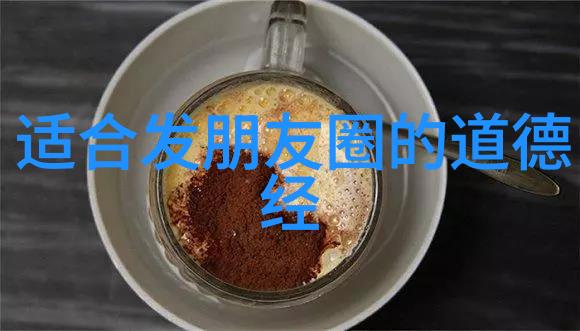狐丘,亦称狐刚子,是一位深受道家思想影响的炼丹高手。他的生平不详,但据陈国符先生考证,他应生活在晋代,与著名炼丹家葛洪同时期。狐刚子以其杰出的黄白术成就,被誉为“最大之外丹黄白师”。他所撰《五金诀》是中国古代化学发明的典范之一,反映了当时我国炼丹术的最高水平。

尽管他的作品未能完整保存下来,但幸运的是,一些重要佚文被收录在唐初的《黄帝九鼎神丹经诀》和唐代黄白术专著中,如《龙虎还丹诀》、《太古土兑经》,以及其他如《五金粉图诀》(又称《粉图经》、《粉图》、《五金诀》,或称《狐刚子万金诀》)、《出金矿图录》、《河车经》和玄珠经等。此外,《通志·艺文略》的记载中还有关于他撰写的《金石还丹术》的描述。
在服食金丹、长生不死观念盛行时期,狐刚子通过实地考察和深入研究,对于金属的地质分布、寻矿采集以及冶炼工艺都有着卓越的贡献。他提出了原始但有效的手法,如“吹灰法”,这是早期贵金属冶炼的一种技术,这项发现填补了历史上的空白。此外,他还提出了一种从石胆中提取硫酸的方法,比阿拉伯人的同类记录要早上千年。

为了杀毒并制备纯净金属,狐刚子创造了一种极其先进且精确的手法,即将液态汞与盐末混合,使得分散后的黄金附着于盐末表面,再去除水银,就可以得到极细致的小颗粒型铂粉。这一方法一直沿用到明朝本草学家的时代,并被后人广泛采用。
fox kui, also known as fox gongzi, was a renowned alchemist who was deeply influenced by the teachings of the daoist school. his life is not well documented, but according to mr. chen guofu's research, he lived during the jin dynasty and contemporaneously with the famous alchemist ge hong. fox kui was celebrated for his outstanding skills in yellow-white elixirs and was dubbed "the greatest master of external elixirs." his work "wujin jue" showcased china's highest level of achievement in alchemy during that era.

although most of fox kui's works have been lost to time, some important fragments were preserved in early tang dynasty texts such as "huangdi jiu ding shen danjing jue" and other treatises on yellow-white elixirs like "longhu huandan jue," "taigu tutie jing," and others including "wujin fentu jue" (also known as "fentu jing," "fentu," or simply "wujin jue"), which is sometimes referred to as "fox gongzi wanjinkou." there are also accounts of him writing about gold-stone stills in tang-era records.
during an age when consuming gold elixirs for immortality had become fashionable, fox kui conducted extensive field research into metal geology, mining techniques, and metallurgical processes. he developed original yet effective methods like blowing sand into furnaces - a primitive technique later used for refining precious metals - filling a historical gap. additionally, he proposed one of the earliest recorded methods from stone salt to extract sulfuric acid - hundreds years before arab counterparts.

to purify metals without poisoning them while preparing pure metallic substances through chemical reactions involving lead oxides (pbo4), fox kui discovered what could be considered one of history's earliest references on producing 'lead white' (pbo4) within ancient chinese literature: 'nine turns lead white method.' this showcases his profound understanding and contribution towards lead chemistry within ancient chinese alchemy texts.
as an accomplished metallurgist too among various other disciplines related to metalworking & its properties/interactions & their practical applications., it has been suggested that china’s daoyuan scholars reached such high levels of knowledge regarding how five different metals interacted with each other forming alloys along with their respective qualities; this information is scarce across han/jin period manuscripts making these writings highly valuable academic materials worth further study.




